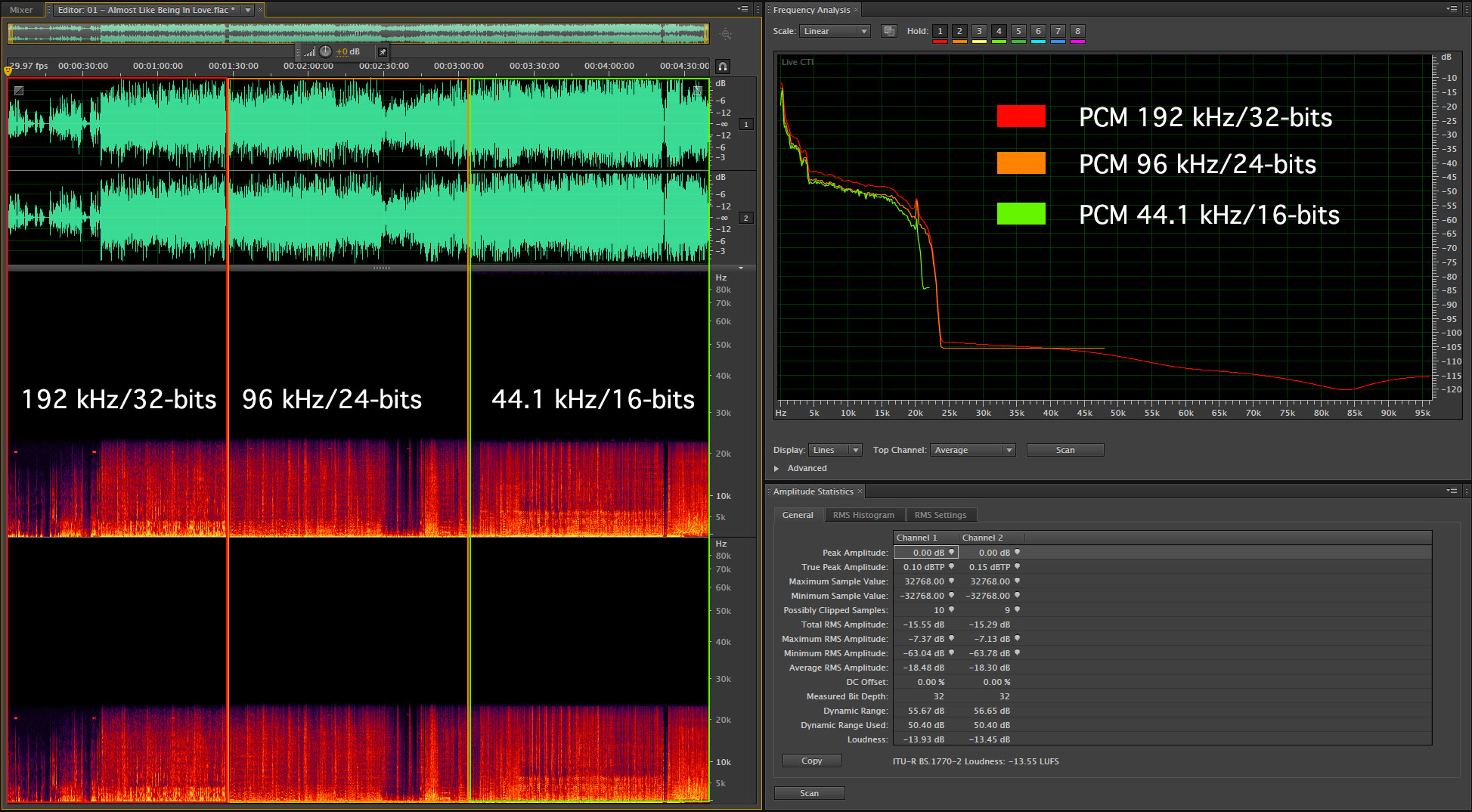Happy New Year!
It’s really cold in Southern California today. In fact, the temperature at LAX set a record low this morning of 36 degrees besting the previous record by 2 degrees. For Los Angeles, this is really cold and my furnace has been on constantly for a couple of days…that never happens. On our morning walk this morning, Charlie (the 10 month old Waldrep border collie) and I watched the sun come up over Santa Monica as we made our way along the ocean bluff. It’s always quiet and calm at that hour of the morning. Charlie knows I carry a tennis ball in my pocket and once we arrive at the bluff, he hunches down and insists that I pull it out and throw it. He’s a maniac for chasing the ball or his favorite activity, catching a flying Frisbee. As long as I toss the Frisbee reasonably flat and straight, he nails it pretty much every time and he never gets bored of doing it.
Given the special nature of this day…the first day of a new year…it’s only natural to make some New Years resolutions. In the spirit of continuing to push for real high-resolution audio, here’s the first item on my list of HRA resolutions for 2015:
1. It’s time to cease upconverting digital audio files. Whatever the original recorded format and specification should be respected and made available to customers. If a particular recording was made using standard resolution PCM digital equipment running at 44.1 kHz/16-bits, then acknowledge that fact and release it without modification. What possible benefit comes from converting a CD specification file up to 192 kHz/24-bits? The fidelity of the original recording didn’t improve…the noise floor is still 93 dB below any potential peak.
Figure 1 – The Linn posting about the free downloads. Notice they do carefully word the announcement by saying the “best available” versions…not real HD-Audio.
I download the Linn Christmas album in three versions: 192, 96, and 44.1 kHz and 24/16-bit word lengths. They were giving it away free. I opened the first tune in Adobe Audition to take a look at the spectra and dynamics. Take a look at what I found in the figure below:
Figure 2 – The spectrogram of Linn Records “Almost Like Being In Love” at 192 kHz/32-bit, 96 kHz/24-bits, and 44.1 kHz/16-bits. [Click to enlarge]
I’ve divided the left hand portion of the plot into three sections and labeled them according to their specifications. Can you tell any difference? You shouldn’t be able to…because this is a native CD specification recording that we upconverted to 96 and 192 kHz. The red/purplish are, which shows the top of the frequencies, stops abruptly at 22 kHz (the Nyquist frequency of a CD). Looking at the frequency vs. amplitude graph on the right side of the plot, you can clearly see that there is nothing above 22 kHz but empty air. The only noticeable aspect is that the red line…the 192 kHz/32-bit version…is slightly louder than the other two lines. Linn increased (or decreased) the amplitude of the 192 PCM version.
One of my resolutions for 2015, is to identify upconverted “high-resolution” files whenever I encounter them AND to write to the company that issued them and ask them why this occurred. I will write to Linn Records and inquire in the present case. According to a reader that has done the same analysis, 8 tracks from the album are limited to CD quality. Linn should sell them as CD resolution tracks and avoid upconverting them to 96 or 192 kHz.
They are not alone in doing this. My plan for the HRADB.com site is to identify tracks that are upconversions and include them in the database.
More tomorrow. Enjoy the start of your new year!
+++++++++++++++++++
I’m still looking to raise the $3700 needed to fund a booth at the 2015 International CES. I’ve received some very generous contributions but still need to raise additional funds (Thanks to you readers, I’m almost there!). Please consider contributing any amount. I write these posts everyday in the hopes that readers will benefit from my network, knowledge and experience. I hope you consider them worth a few dollars. You can get additional information at my post of December 2, 2014. Thanks.




I’m confused by your analysis because Linn Records offered the 24 days of Christmas daily and then offered all tracks bundled together after Christmas. They stated that the bundles have all songs converted (up and/or down) to the same bit depth and sampling rate specified for a bundle. I downloaded each track daily and always downloaded the highest resolution available, which varied from sampling rates of 44.1 kHz to 192 kHz (and there may have been one or two at 384 kHz, but I stayed with 192 kHz as my top limit because of the DAC I have) and all had a 24 bit depth. The track you discussed, Almost Like Being in Love, was offered with the highest sampling rate at 48 kHz. I don’t like how Linn created its bundles because they disguise what the real fidelity is for each track. I think you need to analyze each song as it was released daily and avoid the bundles. Otherwise, you are reporting the obvious based on Linn’s description of each bundle.
My point is exactly what you stated. There is no reason to up or downconvert any files…leave them where they are. Collecting tracks into bundles with specs that can only be determined by analysis is wrong headed. Every software player and DAC out there can switch on the fly to play whatever spec you send to it. There’s no need to download the 192 files because…at least in the case of the first track and seven others…the fidelity is limited to CD spec.
Mark,
firstly, let me wish you and your family all the best for the new year!
I was going to point out the same thing as Dick, but he beat me to it.
However, about the question why they decided to up/down-convert the bundle in the end to the same sampling rate, this might just be a restriction of their download shop system? They may just not have the possibility to offer a bundle where all the tracks have different sampling rates.
I’m not sure if you can do such a thing on iTrax (I know HDTracks can do it as I have bought a couple of albums where some tracks have a different sampling rate from the rest).
As this is a free download and the albums they offer for purchase don’t contain such upmixes, I would not judge too harshly in this particular case.
Best regards,
Oliver
I’m a fan of Linn Records. I think they’ve been making great equipment and recordings for a long time. I was surprised at what I found but given the wealth of information that others have supplied, there has to be a reason why they would do what they did. I’ll inquire.
I don’t know how much checking you want to do for this, but for the 27 free tracks offered by Linn this December, they had the following maximum sampling rates for the daily downloads. It would be interesting if your analysis of the frequency content shows a correlation.
4 sampled at 44.1 kHz
2 sampled at 48 kHz
4 sampled at 88.2 kHz
3 sampled at 96 kHz
14 sampled at 192 kHz
There seems to be a recording spec and then a bundled delivery spec as well.
Does iTunes, the most ubiquitous music management and software player, automatically switch between sample rates now? It used to be that using iTunes on its own required manual changes of sample rates in the core audio settings.
Avoiding having to switch sample rates manually with an album seems a legitimate reason for upsampling – especially since they’re not charging for it, and seemed to be transparent about what they did.
That’s a really good question. I run an older OS so I can keep some vintage programs running. I always have to switch between 48 and 96 kHz. Not sure about the current OS.
Not natively. You’d have to run a plugin – like BitPerfect or similar.
Happy New Year. A couple of days ago I purchased a CD labelled “The Sixties Album” from my local Tescos. It contained tracks, as the title suggests, from the sixties and I ripped the tracks I personally liked – most were Motown although some were English derived, from the likes of Cilla Black and Tom Jones. The first thing that struck me when playing the tracks through my portable rig was how incredibly good they sounded; not in the context of a modern polished recording, they sounded rough around the edges, but they were simply recorded and those simple recording technique captured the essence of the performance. I note that your recordings are very similarly old school in attempting to capture the musical performance.
Anyway, what I’m saying is, I got more of the musical performance even though it was (or because it was) recorded simply. A modern recording, with all the fill in techniques etc to make it “perfect” will not improve on the performance simply by being ” high definition”. Maybe we should look to the way we record musicians and take an example of what was done in the 60’s and 70’s to capture a musical event rather than trying to create something in the studio that no amount of increase in definition will turn into something special.
Got it. The problem or the current style of recording is based on different aesthetic and commercial needs…and doesn’t benefit from high-resolution audio. The process of making the records is what matters most to getting at the “soul of music”.
Linn seems to be more honest than others in their offerings. Prices between 192 and 96/88 ‘Studio masters’ rarely differ which may signify that the original master may have been the lowest one. Here’s a random example. I lack the tool for analysis so if anyone knows better please let us know.
http://www.linnrecords.com/recording-the-nightingale-and-the-butterfly.aspx
PS. I made a search based on release date on Linn’s database. Oldest recordings are not offered as studio masters, just CD or mp3 quality. Later ones are offered as Studio masters but at reduced rates such as 88/24. The more recent ones are offered as 96/24 and the most recent ones as both 96/24 and 192/24. Both 96/24 and 192/24 are offered at the same price. It may well be the case that the 96/24 ones are downsamples of their 192/24 masters (no way I can check this). All this suggests to me that Linn is being quite honest with their customers.
I downloaded these tracks, one a day, from the beginning of December, every day as they were offered, and the downloads were only offered up to what presumably was the recorded bitrate, for instance Mark Moraghan’s ‘We’ll Never Have Manhattan’ was only available as 44.1k – 24bit however I was surprised when just before Christmas they offered the entire sampler as a single download. I chose to download this at 96k 24bit and found that all the tracks were resampled to the same rate.
I don’t know why they would do this unless they are concerned about the clicks and pops that some DAC’s make when switching sample rates?
Anyway I just thought that I would mention this as I do genuinely believe that Linn are a trustworthy supplier of HiRes music.
Thank you for this very good no 1 resolution for the year Mark. You are rendering a service to the whole community of audiophiles and music lovers who also appreciate not being tricked. A very Happy New Year to you and to your family, including Charlie.